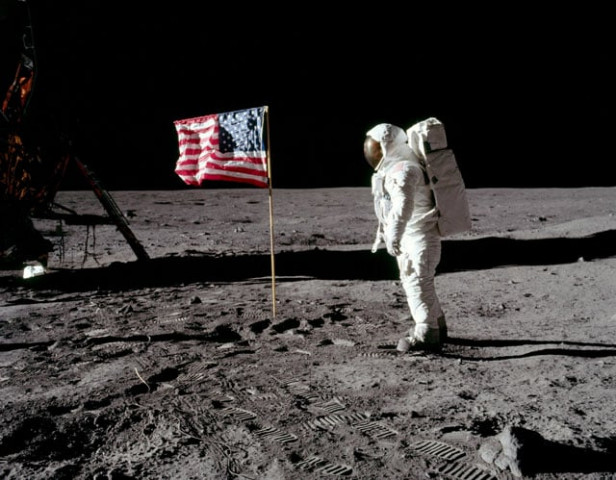Lunar eclipse marks Moon landing's 50th anniversary
Event to be visible from parts of northern Europe, Asia, Africa, South America and Western Australia

Astronaut Buzz Aldrin, lunar module pilot for Apollo 11, poses for a photograph besides the deployed United States flag during an extravehicular activity (EVA) on the moon, July 20, 1969. FILE PHOTO
Britain's Royal Astronomical Society said in a statement the event would be visible from parts of northern Europe, Asia, Africa, South America and Western Australia.
Lunar eclipses happen when the Earth gets aligned in between the Sun and the Moon.
Tuesday's eclipse should see around 60 per cent of the Moon's visible surface obscured by the Earth's shadow, known as the umbra, the RAS said.
Best viewing conditions in Britain will be around 2230 (2130 GMT), it added.
Unlike solar eclipses, lunar eclipses can be seen by the naked eye without risk of damage. Experts recommend those seeking to take photos of the phenomenon use a tripod.
More than 400,000 people worked on NASA's Apollo 11 mission, which launched on July 16, 1969 and put the first humans on the Moon four days later.



















COMMENTS
Comments are moderated and generally will be posted if they are on-topic and not abusive.
For more information, please see our Comments FAQ